Viking culture is often associated with the image of a burning ship set out to sea. While this image is not entirely inaccurate, it is only one aspect of Viking funeral practices.
In reality, Viking burials and cremation mounds were much more complex and varied than commonly believed.
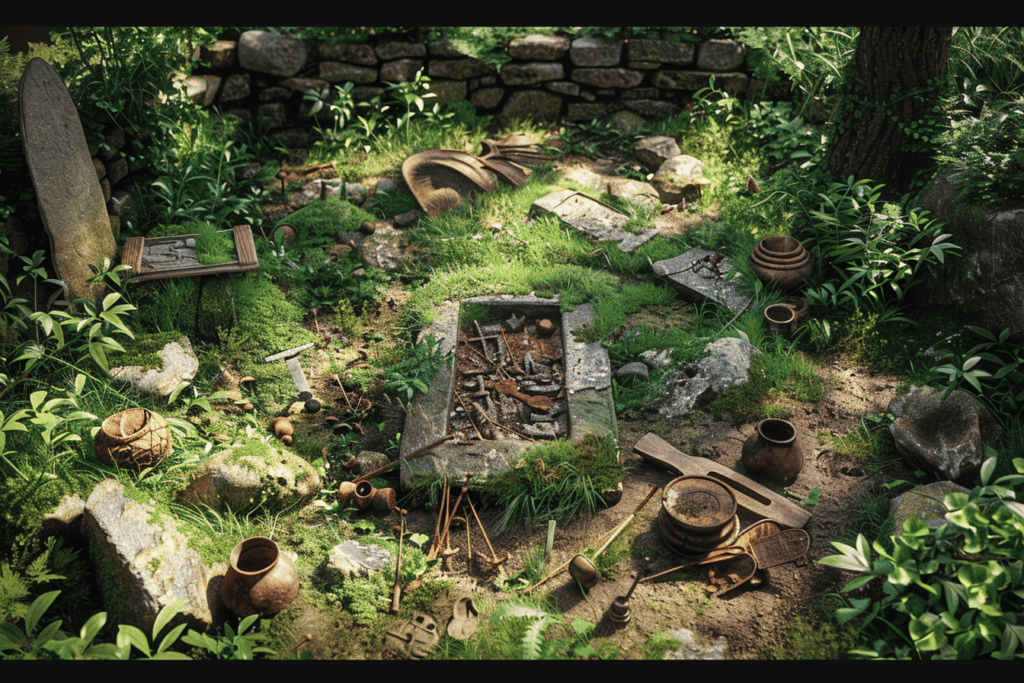
The Vikings believed in an afterlife that was tied to the physical world. Therefore, they placed great importance on the proper treatment of the deceased.
Burials and cremation mounds were used to ensure that the dead were given a proper send-off into the afterlife. These practices varied depending on factors such as social status, gender, and location.
While cremation was a common practice among the Vikings, it was not the only one.
Burials were also common, with the deceased being placed in mounds along with various grave goods.
These goods ranged from everyday items to more elaborate offerings such as weapons and jewelry. The specific items buried with the deceased often reflected their social status and occupation.
Viking Funeral Traditions and Rituals

Viking funeral traditions and rituals varied depending on the social status of the deceased, the location, and the time period.
Cremation was one of the most common ways Vikings disposed of their dead. The funeral pyre was a significant part of the Viking funeral ritual.
The body would be placed on a pyre and surrounded by offerings such as weapons, jewelry, food, and animals. The pyre would then be set alight, and the body would be consumed by the flames.
Boat Burials and Their Significance
Boat burials were another common Viking funeral tradition.
The deceased would be placed in a boat, along with grave goods such as weapons, jewelry, and food. The boat would then be set adrift or buried in a mound.
Boat burials were reserved for the wealthy and high-ranking members of society and were significant because they symbolized the journey to the afterlife.
The boat was seen as a vessel that would carry the deceased to the afterlife, and the grave goods were meant to provide them with the necessary supplies for the journey.
Grave Goods and Offerings
Grave goods and offerings were an essential part of Viking funeral traditions.
The deceased were often buried with items that were significant to them in life, such as weapons, jewelry, and personal items.
Offerings were also an important part of Viking funeral rituals.
Animals, such as horses and dogs, were often sacrificed and buried with the deceased. Food and drink were also offered to the gods to ensure a safe journey to the afterlife.
Social Status and Burial Practices
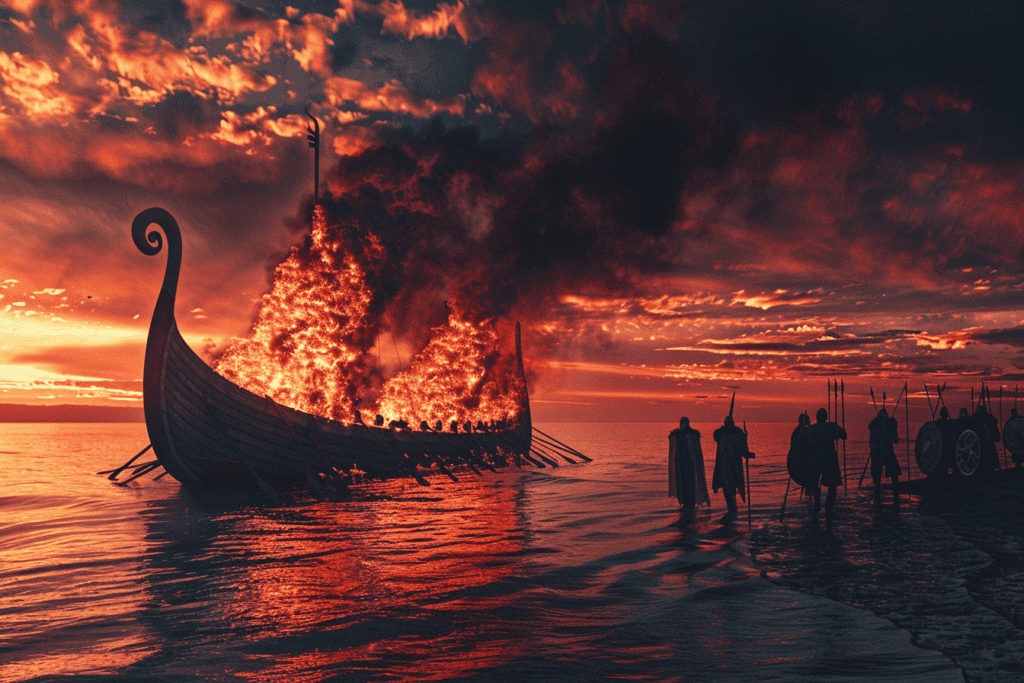
Viking burial practices varied depending on the social status of the deceased.
The wealthiest and most powerful individuals were often buried in large burial mounds, while those of lower status were buried in smaller mounds or in the ground.
It was also common for warriors to be buried with their weapons and other items that reflected their status as fighters.
Gender also played a role in Viking burial practices.
While both men and women were buried with grave goods, the types of items varied based on gender.
Women were often buried with items related to their domestic roles, such as weaving tools and cooking utensils, while men were buried with weapons and tools related to their professions.
Chieftains and Warriors: Honoring the Elite
Viking chieftains and warriors were among the most respected members of Viking society, and their burials reflected this status.
Chieftains were often buried in large mounds or in specially constructed tombs, and were sometimes accompanied by the bodies of their slaves or servants.
Warriors were also highly respected and were often buried with their weapons and other items related to their profession.
These burials were meant to honor the bravery and skill of the deceased, and to ensure their continued success in the afterlife.
Norse Mythology and Beliefs about Death

In Norse mythology, death was seen as a natural part of life, and the afterlife was an important aspect of Norse belief.
The god Odin was believed to preside over Valhalla, a great hall where warriors who died in battle were taken by the Valkyries. These warriors were known as the Einherjar, and they were believed to feast and fight in preparation for the final battle of Ragnarok.
However, not all who died were taken to Valhalla.
Those who died of old age or illness were believed to be taken to the goddess Hel in the underworld realm of Helheim.
Hel was seen as a neutral figure, neither good nor evil, and those who entered her realm were believed to live out their afterlife in a place of relative comfort or discomfort depending on their deeds in life.
Influence of Christianity on Viking Burials
The arrival of Christianity in Scandinavia brought about significant changes in Viking burial practices.
While many pagan traditions persisted, Christian beliefs about the afterlife began to influence the way Vikings buried their dead.
The concept of heaven and hell became more prevalent, with the Christian afterlife being seen as a more desirable outcome than the pagan afterlife.
As a result, some Viking burials began to include Christian symbols and rituals, such as the placing of crosses on graves or the inclusion of Christian prayers.
Despite these changes, many aspects of Viking burial practices continued to be influenced by traditional pagan beliefs.
For example, the practice of burying the dead with grave goods such as weapons and jewelry persisted, as did the belief in the importance of a proper burial to ensure a comfortable afterlife.
Notable Viking Burial Sites and Discoveries
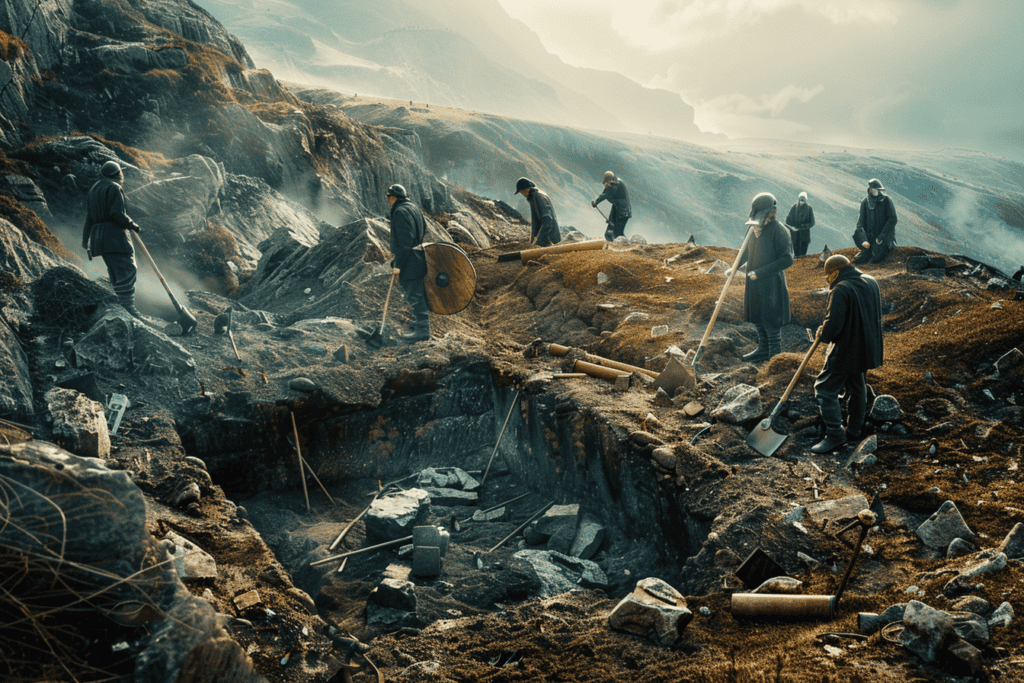
Archaeological discoveries have shed light on Viking burial practices, revealing a complex and varied approach to death and the afterlife.
One of the most famous Viking burial sites is the Oseberg ship burial, discovered in Norway in 1904.
This burial contained the remains of two women, along with a wealth of grave goods, including textiles, wood carvings, and even an intact cart.
Other notable Viking burial sites include the Jelling mounds in Denmark and the Gamla Uppsala mounds in Sweden. These mounds contain the remains of powerful Viking rulers, along with elaborate grave goods such as swords, jewelry, and chariots.
In addition to ship burials and mounds, Vikings also practiced ground burials.
These burials were often marked by large stones or cairns, and sometimes included grave goods such as weapons or jewelry.
Accounts by Ahmad ibn Fadlan and Other Observers
In addition to archaeological evidence, historical accounts provide insight into Viking burial practices.
One of the most famous accounts comes from Ahmad ibn Fadlan, an Arab traveler who visited the Rus, a group of Vikings who lived in what is now Russia. Ibn Fadlan witnessed a Viking funeral, which involved the burning of the deceased on a ship along with their possessions.
Other observers, such as the Icelandic sagas, describe similar funeral practices.
These accounts suggest that Vikings believed in an afterlife, and that the deceased needed their possessions to survive in the next world.
Viking burial practices were varied and complex, reflecting the diverse beliefs and customs of the people who practiced them.
Through exploration and trade, Vikings spread their burial practices throughout Scandinavia and beyond, leaving behind a rich legacy of mounds, graves, and other burial sites.


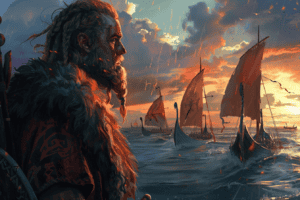
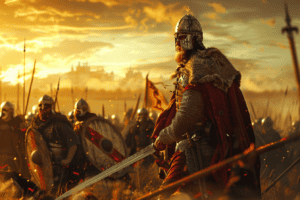
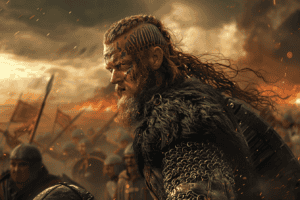





Add Comment